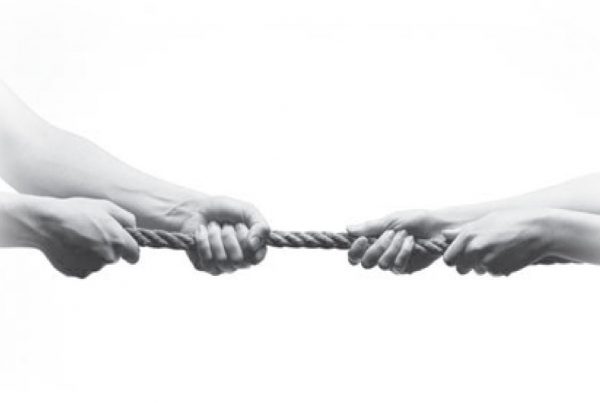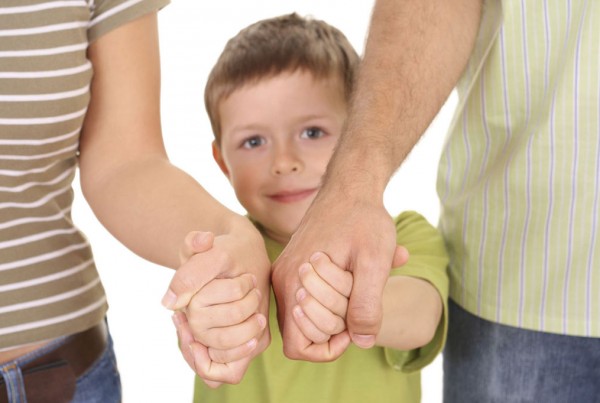
When relationships struggle, it is because partners’ attempts to connect with each other are failing flagyl tablets online. One reason is a lack of emotional safety. Emotional safety means you create a safe place for your partner to share feelings. When there is emotional safety, your partner is more likely to share vulnerable feelings, like sadness, fear, or loneliness. Without emotional safety, partners are more likely to share the less vulnerable feelings like anger and frustration. Which set of feelings will bring the two of you closer together? If you guessed vulnerable feelings, you’re right.
So how do we create emotional safety in our relationships? We provide emotional safety to our partners in multiple ways but at its core is the following message we communicate to our partners through our actions and words: “You are not alone. I am beside you in your pain even if it is about me. You matter and your feelings matter.” This is an important guiding principle in relationships. If you can consistently provide your partner with this message, you will have a successful and satisfying relationship.
What this looks likes in real life is this: You see your partner is hurting, sad, scared, frustrated, lonely, etc. and you say “How are you feeling? Are you doing okay? I’m here for you.” Or instead you walk over and rub his or her back or give a hug. You show in your face, your body, and your tone of voice that you care and are standing beside your partner. Note that in that moment, you are not there to solve your partner’s problem. Take that pressure off yourself. Your job is to let your partner know that s/he is not alone and you care.
We also need to provide emotional safety when our partners take risks and share their feelings directly. You provide safety when you respond with gentleness and validation. In the moment when your partner shares his or her feelings, you need to just listen, show that you are moved by your partner’s feelings, s/he is not alone and you will be a source of comfort.
This can be hard to do, especially while you are still working on creating an emotionally safe relationship. Once the safety is there, it gets easier (but still takes effort). In the meantime, most of us find it really difficult to hear that our loved one is angry, hurt, disappointed, sad, scared, etc. Providing emotional safety takes effort and practice. It can help to remind yourself in the moment when your partner is sharing feelings that “this is my partner’s moment, not mine.” You can share your feelings afterward, at a different time, and then that will be your moment. I use this rule in my own marriage, reminding myself that “Whoever shows emotion first, that is their moment.”
A few obstacles can interfere with your ability to provide emotional safety. The first is your own internal dialogue. Often when you see your partner is distressed it brings up all sorts of feelings. You might feel frustrated, hurt, inadequate, guilty, ashamed, self-righteous, etc. You might have stories about your feelings that you get stuck in. Stories like “if s/he had done this or that then …” Many of these stories have some validity but in the moment when your partner needs you, they just get in the way. The time to talk about your own feelings is not now; it is later or in another conversation when your partner can be emotionally present for you. Right now, your partner needs you to be present.
Another obstacle is caring paralysis. When you see your partner hurting, you might be afraid of communicating you care in the wrong way and making things worse. So you might just freeze and do nothing, inadvertently giving the message ‘I don’t care’.
Do you see yourself in any of these obstacles? The good news is that couples are able to overcome them. This doesn’t mean you will be perfect at it all the time but if you can provide emotional safety most of the time, your partner will be able to forgive the other times when you miss the boat.



